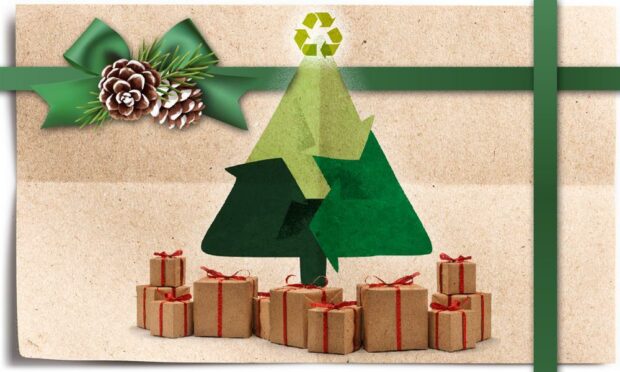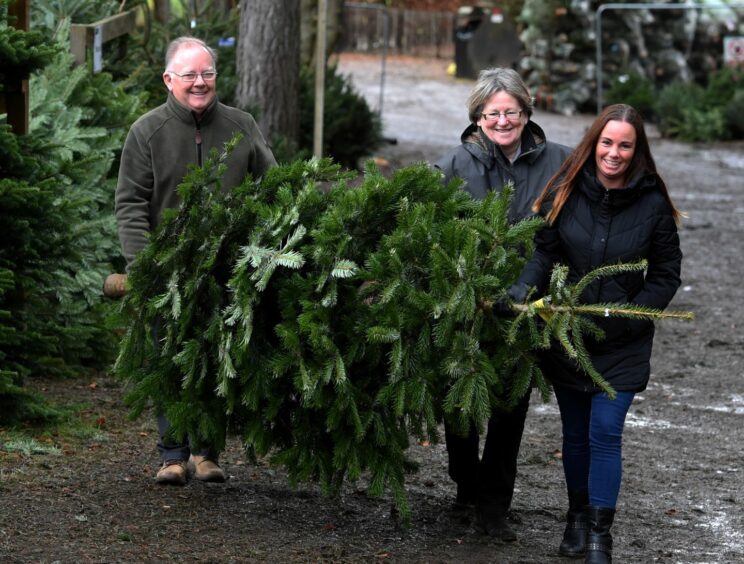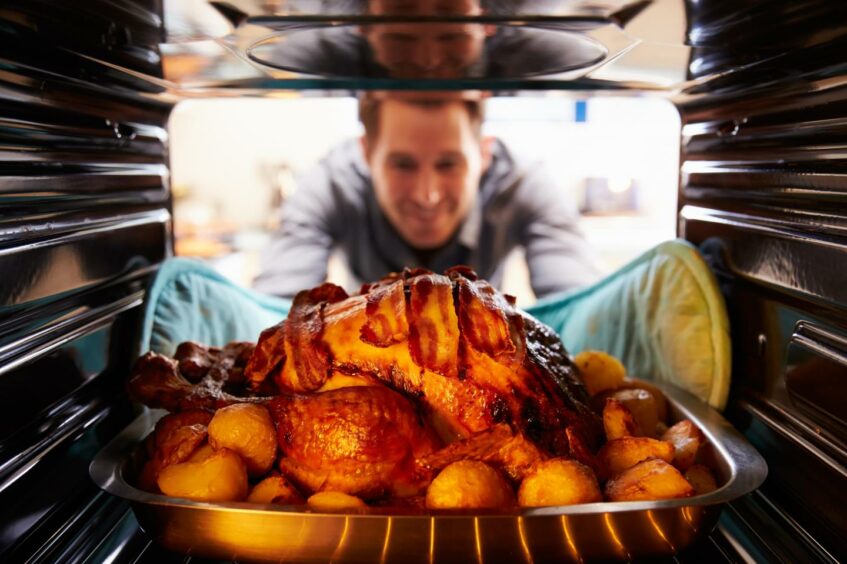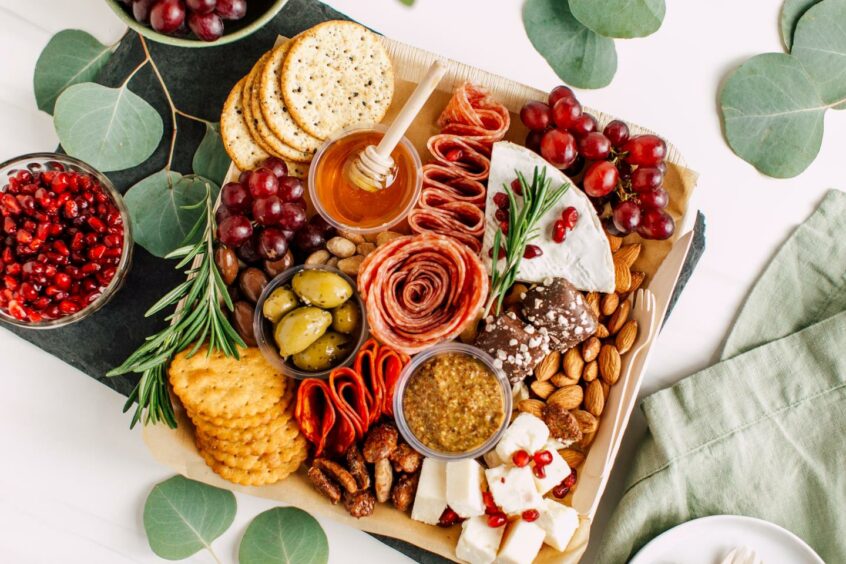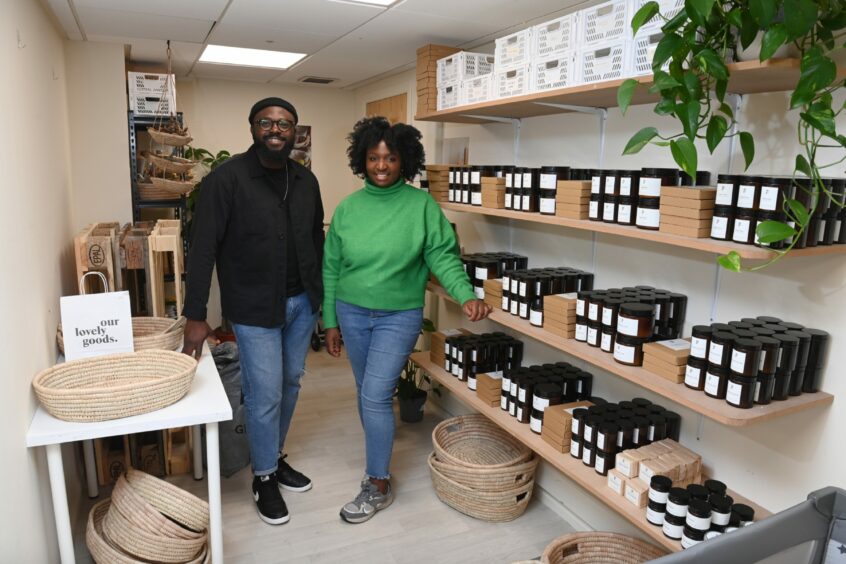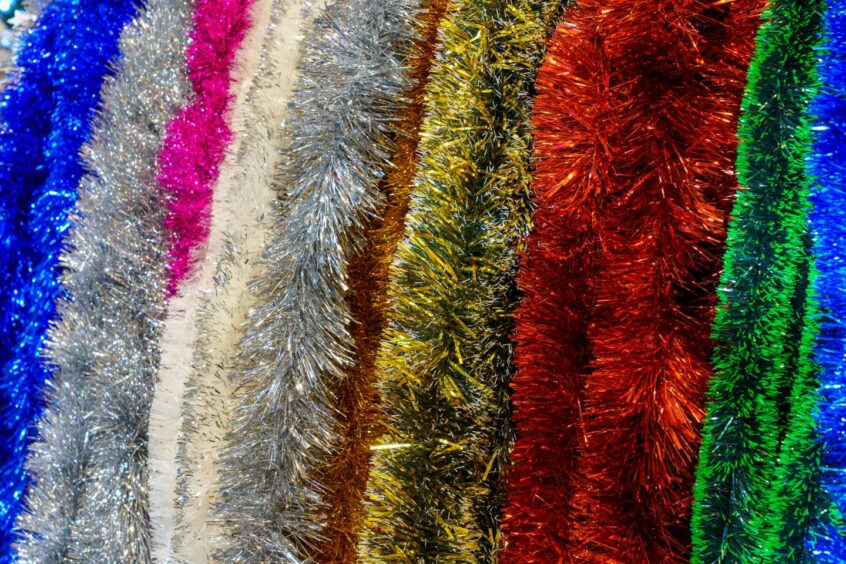Christmas might be the most magical time of year, but it’s also the most wasteful.
From uneaten food and unwanted gifts to plastic decorations and unrecyclable wrapping paper, it’s easy to see how festive extravagances quickly have our wheelie bins bursting at the seams.
But plenty of households across Scotland are turning their backs on mindless festive consumerism and making small (and large) changes towards a more eco-friendly Christmas.
Not sure where to start? Here are some ideas make the most of the festive season without costing the earth.
Is a real tree more eco-friendly than an artificial one?
Generally speaking, real Christmas trees are the more environmentally friendly choice.
A fake tree needs to be used for at least a decade in order for its environmental impact to equal that of a responsibly disposed of natural tree.
Plus, trees that are locally grown also have less associated carbon emissions from transport.
If you already have an artificial tree however don’t throw it away.
Use it every year for as long as you can or, if you no longer need it, donate it to a charity shop.
Plastic trees are virtually impossible to recycle and almost inevitably destined for landfill, so it’s best to get as much use out of it as possible.
How can I reduce my carbon footprint in the kitchen?
If you’re hosting this year and choosing what to cook, the Carbon Trust points out that turkey has a lower carbon footprint than beef.
Vegetarian and vegan options are even lower than that.
But if you can’t steer clear of red meat make sure it’s Scottish.
When it comes to sides, pick loose veggies at the supermarket to avoid plastic packaging. Another tip is to book a festive vegetable delivery box from local firms such as Cfine or Aberdeenshire Larder.
It’s easier said than done but don’t overdo the cheeseboard, which has a high carbon footprint.
Other simple tips include not preheating the oven for too long, or leaving it on after the meal is prepared to keep food hot.
And eat up those leftovers to minimise food waste. (Everyone knows that the Boxing Day mish-mash of leftovers is even better than dinner on the big day itself, right?)
Your eco-friendly Christmas gift guide is here
This is a big one, and the real key is to buy less and buy local.
Approximately £42 million of unwanted Christmas presents are thrown out in landfill each year, so it’s time we started thinking more carefully about how we spoil our loved ones.
Presents bought locally means you will be supporting small suppliers and makers, while minimising your carbon footprint.
For kids, buying good quality toys means they can be passed on to friends, family and charity shops. This can give them a second or even a third life.
And do you even have to buy a physical gift? Could you buy an “experience” instead?
There are the usual options like gift vouchers, cinema tickets and museum memberships.
But think outside the box and sponsor an animal, buy some rainforest to protect, or even have a stab at making your own foodie gifts such as chutneys and gingerbread.
What about plastic?
It’s very difficult to have a truly plastic-free, eco-friendly Christmas, but even small changes are positive steps in the right direction.
Choose decorations wisely and keep them to use again. As tinsel can’t be recycled, try to limit how much you buy, and keep what you have to use year after year.
Get creative and try making homemade tree ornaments like dried orange segments or painted pinecones.
Wrapping paper is one of the most wasted materials at Christmas – the amount we throw away each year could reach to the moon.
When wrapping, steer clear of paper that is shiny, plastic-lined or decorated with glitter, as these are not recyclable.
In the kitchen, dispense with plastic cling film by using reusable beeswax-covered cotton cloths and simple Tupperware boxes where possible.
If you’re throwing a party, think twice about buying plastic cups, plates and cutlery – do you really need it?
